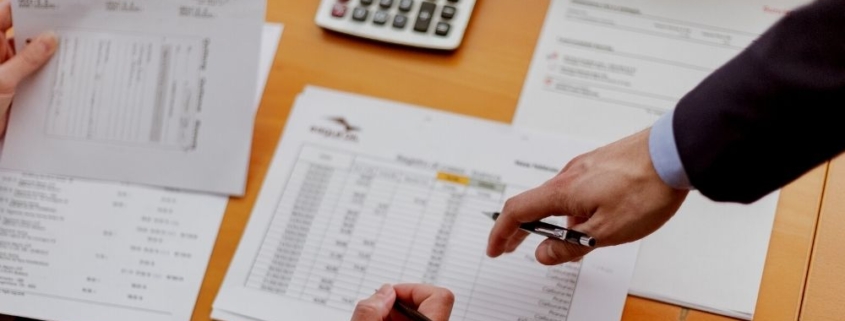Carryforward of Concessional Contribution Caps
The carryforward of concessional contribution caps gives you time. It gives you time to decide.
Carryforward of Concessional Contribution Caps
It used to be a decision at the last minute. Do you top up or not?
If you don’t top up, you leave your concessional contributions at the superannuation guarantee (SG) that came with your wages.
If you do top up, you increase your concessional contributions to the relevant cap and claim a tax deduction for that top up.
Whether you do or don’t used to be a last minute decision. It was a use it or lose it. But it no longer is. At least for five years it isn’t. You now have five years to decide.
Let’s start from the beginning.
Concessional Contribution Cap
You have a cap on concessional contributions each year. The cap is:
2018/19 – $25,000
2019/20 – $25,000
2020/21 – $25,000
2021/22 – $27,500
2022/23 – $27,500 (estimate)
This cap includes any superannuation (SG) guarantee you received. SG is the super your employer pays for you in line with your wage or salary.
Tax Deduction
Concessional contributions are called concessional because somebody gets a tax deduction for these contributions. For SG your employer gets the tax deduction. For any top up you do.
Excess Contribution Tax
Nothing stops you from contributing more than these caps. But if you do (without a relevant rollforward), then you pay excess contribution tax.
Sometimes it makes sense to pay the additional excess contribution tax, but usually it doesn’t.
But you might not even have to, since there is the rollforward.
Rollforward
It used to be that if you didn’t use up a cap, you lost it. So if you didn’t make any concessional contributions in 2017, that unused cap was lost. But not anymore.
From 1 July 2018, you can rollforward any unused contribution caps for up to five years.
So in 2021/22 you could make a concessional contribution of $102,500 and claim a tax deduction for the full amount. Or if you wait another year until 2022/23, you could claim $130,000. Of course assuming you received no other concessional contributions in those years, so neither SG nor personal.
However, if you wait until 2023/24, then you lose the 2018/19 cap, since you are out of the 5 year period.
So you have five years to decide, but at the end of the fifth year it is back to: Use it or lose it.
MORE
How to Book a Company Car in Xero
Disclaimer: numba does not provide specific financial or tax advice in this article. All information on this website is of a general nature only. It might no longer be up to date or correct. You should contact us directly or seek other accredited tax advice when considering whether the information is suitable to your circumstances.
Liability limited by a scheme approved under Professional Standards Legislation.


